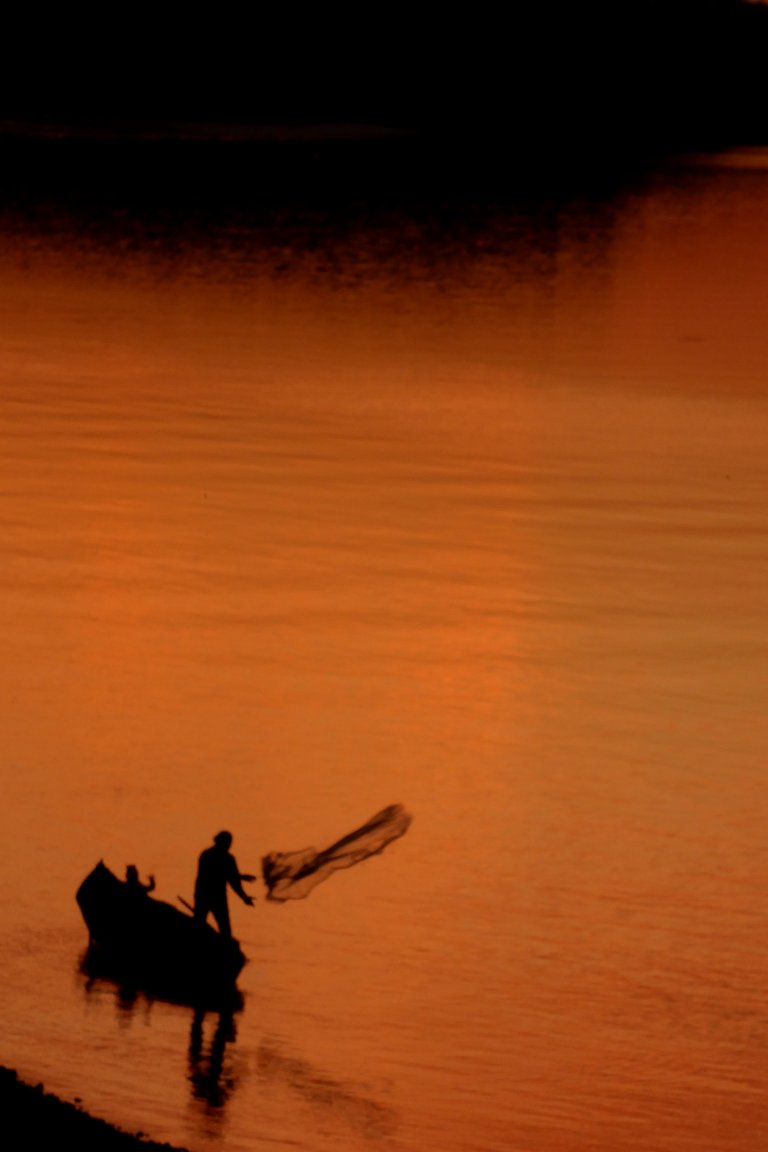
* HOKKAIDO * In Japan, the Hokkaido type is called “Do-san-ko” as a term of endearment. The fishermen anticipated the equines to survive on their own with snow all winter season; with little bamboo turf in the mountains. It is from this cycle that the Hokkaido created their enduring toughness. Most of the breed lies in Hokkaido along the Pacific Coastline. of the continuing to be Japanese ponies, the Hokkaido is the most abundant with concerning 2000 horses existing. The Hokkaido are mostly made use of for transport in hills where lorries as well as makers can not travel through. The equines are primarily solid colors, and white markings are not enabled by the windows registry. The steed was originally valued by the farmers of German for their steadiness, reliability as well as strength. The military utilized Holsteiner’s due to their guts and agility. Dog breeders carefully included English Thoroughbred as well as Anglo-Norman blood into the reproducing process to add elgance as well as jumping capacity to Holsteiner’s characteristics. Their appearance makes them winners in self-carriage events- a stylish activity that is needed for driving as well as jumping, as well as dressage competitors. Perfect for sports, the Holsteiner has a fluid movement, and also a willingness to work that is not located in several other breeds. * HUCUL * One of the typical mountain type of equines, the Hucul is a type that came from the Carpathians. Both the Kertag equines as well as Arabian horses have added to the Hucul type. Reproducing development was visited World War I, and the Hucul herd of horses was moved to Austria. There are just about 500 brood mares in all of the world. The breeders utilized discerning breeding and going across with indigenous Hungarian steed breeds, including the Holsteiner, Dutch Warmblood, Kisber Felver, Gidran and also Nonius, to name a few. The breed has an average height of 16 to 17 hands as well as come in all strong colords. Hungarian Warmbloods are smaller sized, lighter as well as much more classy than various other warmblood horses due to the impact of Hungarian types throughout reproducing processes.